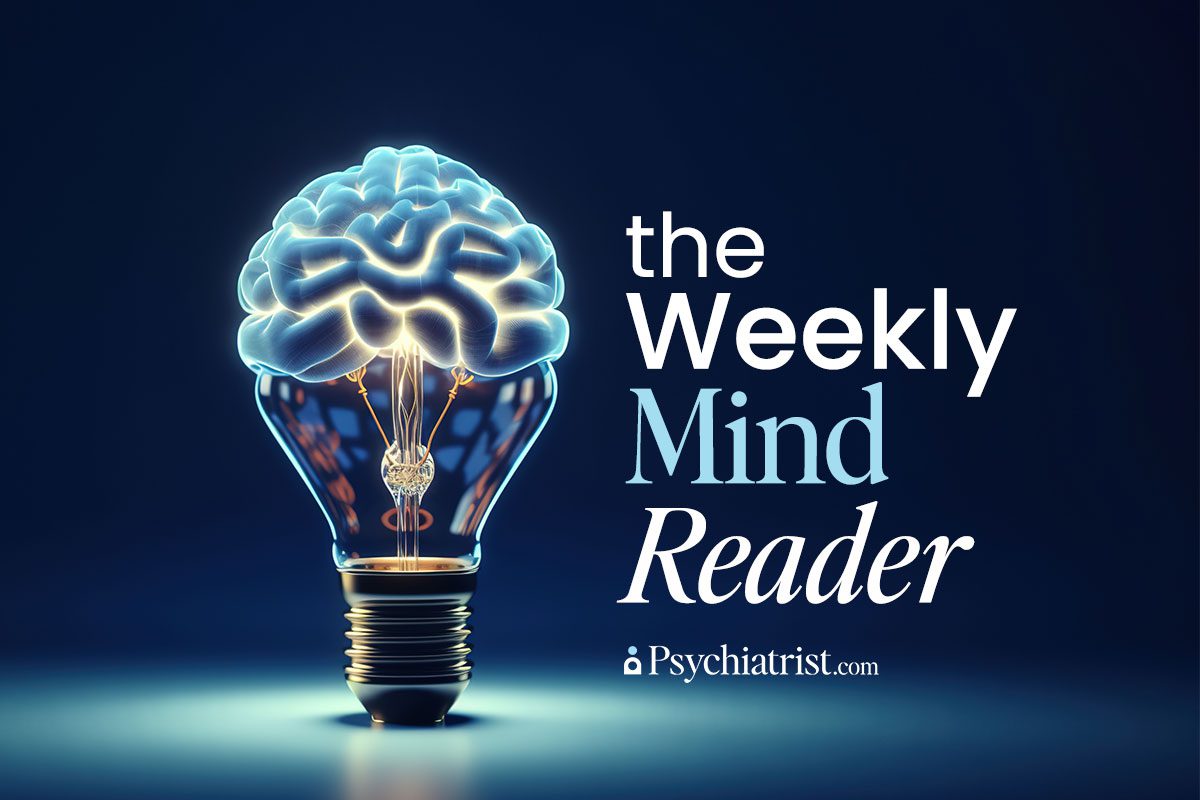In today’s expanding urban landscape, shrinking green spaces and never-ending noise threaten the health and wellbeing of city residents.
While policymakers have relied on lower speed limits to ensure safer roads, new research reveals their potential to dramatically improve urban wellbeing by tamping down traffic noise on natural soundscapes while slowing down commuters.
This study compared various soundscapes and how they influence one’s mood, including:
- Natural soundscapes, such as birdsong.
- Mixed soundscapes, including traffic noise at speeds of 20 miles per hour.
- And mixed soundscapes that include higher traffic speed, up 40 mph.
What the researchers discovered shine a light on the robust restorative effects of natural sounds, illustrating how they’re tied to lower levels of stress and anxiety.
But the team noticed that natural soundscapes laced with traffic noise boosted stress levels, especially at the higher traffic speeds. Conversely, lower traffic speeds slightly mitigated these adverse effects, suggesting the potential for urban soundscape management to support mental health.
Nature’s Soothing Soundscapes
Progressive urban planners, among others, have long lauded natural soundscapes for their restorative benefits. Studies confirm that exposure to sounds such as birdsong eases stress, lowers anxiety levels, and boosts attention and cognitive performance. This new paper backs up those findings. It showed that participants reported better moods, less anxiety, and lower stress among pure natural soundscapes.
In more urban environments, however, accessing such serene experiences is increasingly difficult. With expanding cityscapes encroaching on green spaces and traffic noise drowning out nature’s more subtle sounds, the chance for residents to reconnect with nature remains elusive. This paper reinforces the importance of preserving urban greenspaces and ensuring they’re large – and prevalent – enough to sustain wildlife populations undisturbed by anthropogenic noise.
The Detrimental Effects of Traffic Noise
Research has established that traffic noise poses a risk to our physical and mental health. Chronic exposure boosts the risk of hypertension, cardiovascular disease, depression, and anxiety. Researchers found that noise from higher-speed traffic (40 mi/h) is particularly unhealthy, exacerbating stress and masking the benefits of natural sounds.
The study also revealed that individuals with higher baseline anxiety levels endured heightened sensitivity to these stressors.
Notably, cutting traffic noise by lowering vehicle speeds to 20 mi/h demonstrated promising results. Participants exposed to mixed soundscapes at this lower speed reported lower stress and anxiety levels compared to the higher-speed environments. The study’s authors infer that this the reduced speed limits can help reclaim some of the therapeutic benefits of natural soundscapes.
The Case for Slowing Down
Historically, policymakers have lowered speed limits to ensure road safety and stave off collisions. But the broader implications of slower traffic extend past safeguarding pedestrians. Lower speeds contribute to less noise pollution. They also have disproportionately benficial effects on poorer communities, which typically bear the brunt of traffic-related pollution.
Additionally, quieter streets encourage more active (healthier) transportation, such as walking and cycling, promoting physical activity and reducing obesity rates.
The research highlights how lower traffic speeds allow natural sounds to become more audible, restoring – at least somewhat – the urban population’s connection to nature. This relationship not only boosts mental health but also fosters greater engagement in conservation.
Strategies for Healthier Cities
These study results suggest that urban planners and policymakers must adopt multifaceted approaches to scale back some of the adverse effects of noise pollution. Beyond implementing reduced speed limits, city officials should think about integrating green spaces into transit routes while promoting the use of quieter vehicles, such as electric and hybrid cars. Expanding greenspaces that support wildlife and provide refuge from anthropogenic noise can further enhance urban residents’ wellbeing.
This study makes clear the dual benefit of slashing traffic speeds: improved road safety and a better sense of mental wellbeing. Lower traffic speeds reduce noise pollution, allowing natural soundscapes to break through. It also offers urban dwellers a reprieve from city life’s daily stressors. As our urban population centers continue to grow, adopting such measures is not just beneficial but essential for healthier, more livable cities.
Further Reading
CDC Report Reveals Jump in Adult Anxiety and Depression
Sleep Disturbances and Perceived Stress in Substance Use Disorder Treatment



